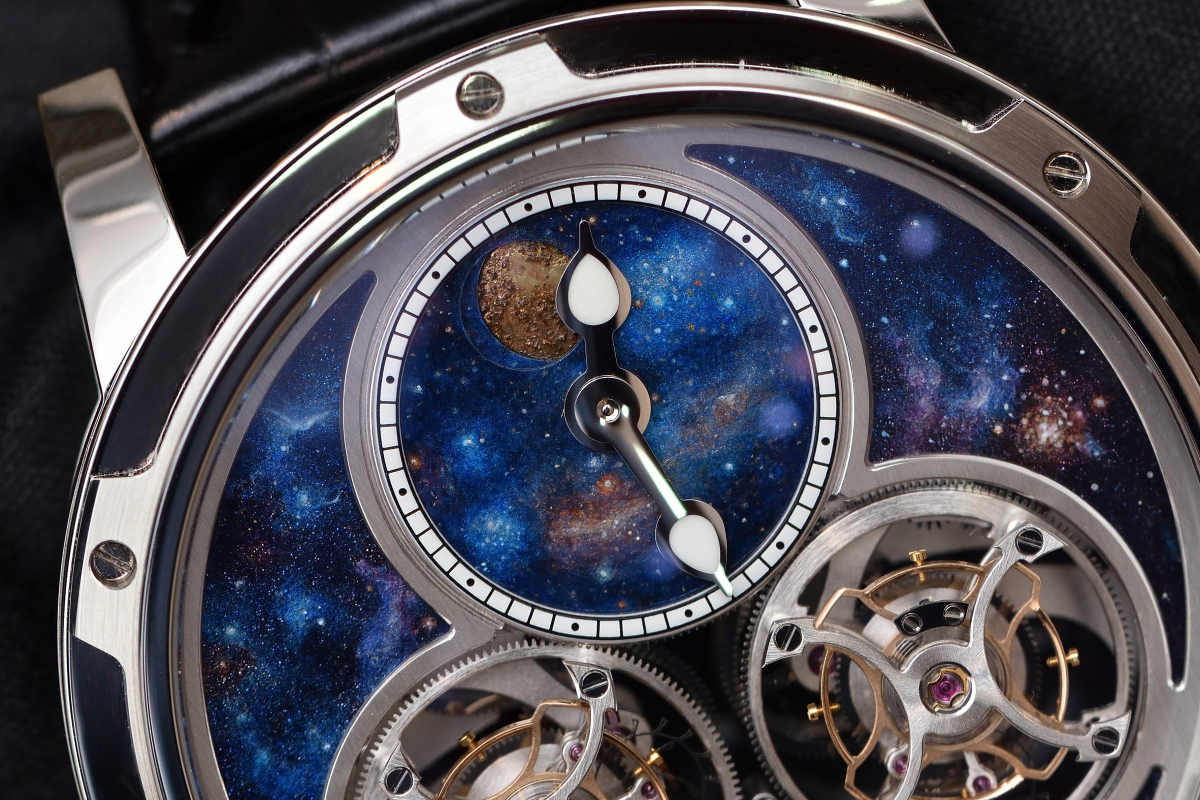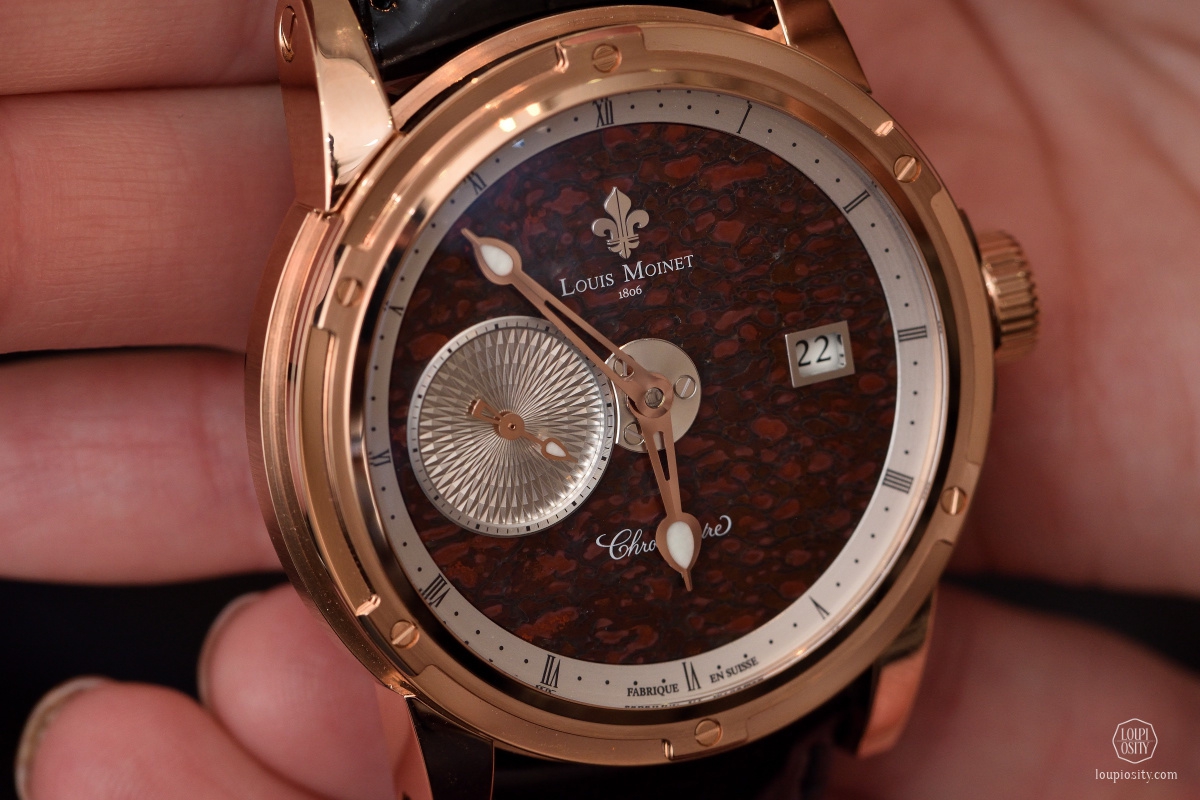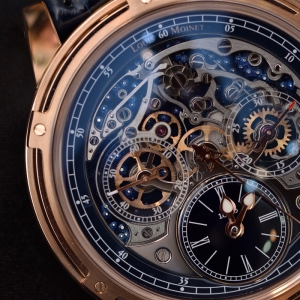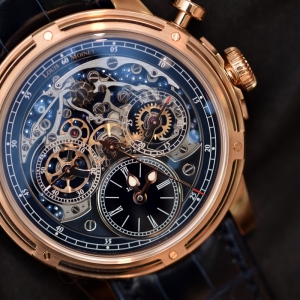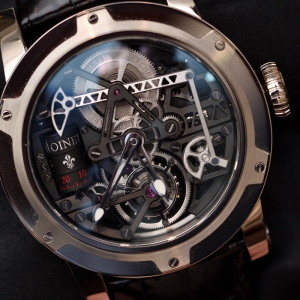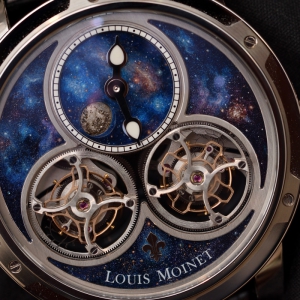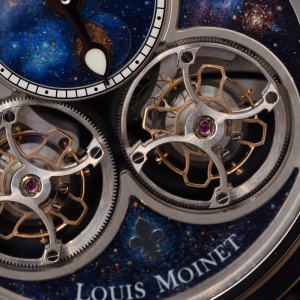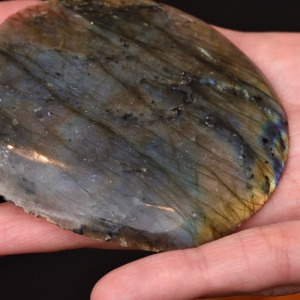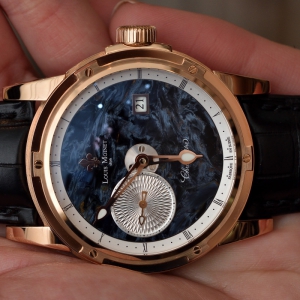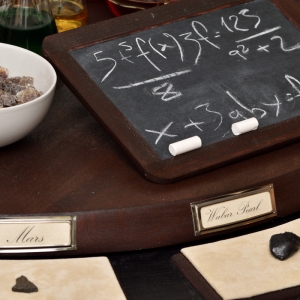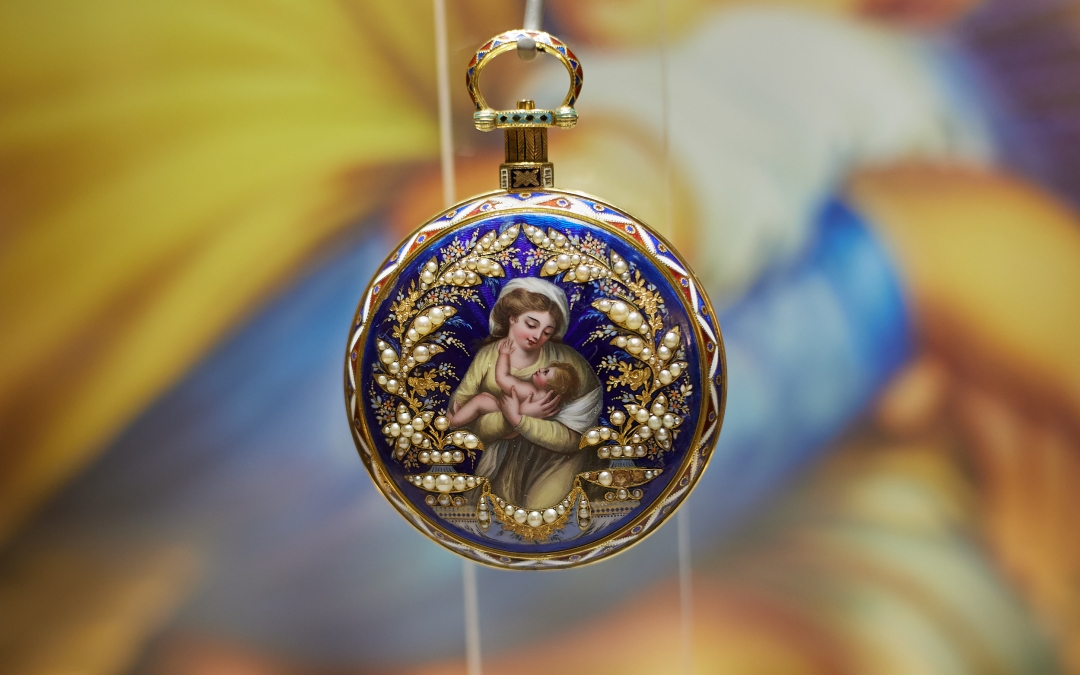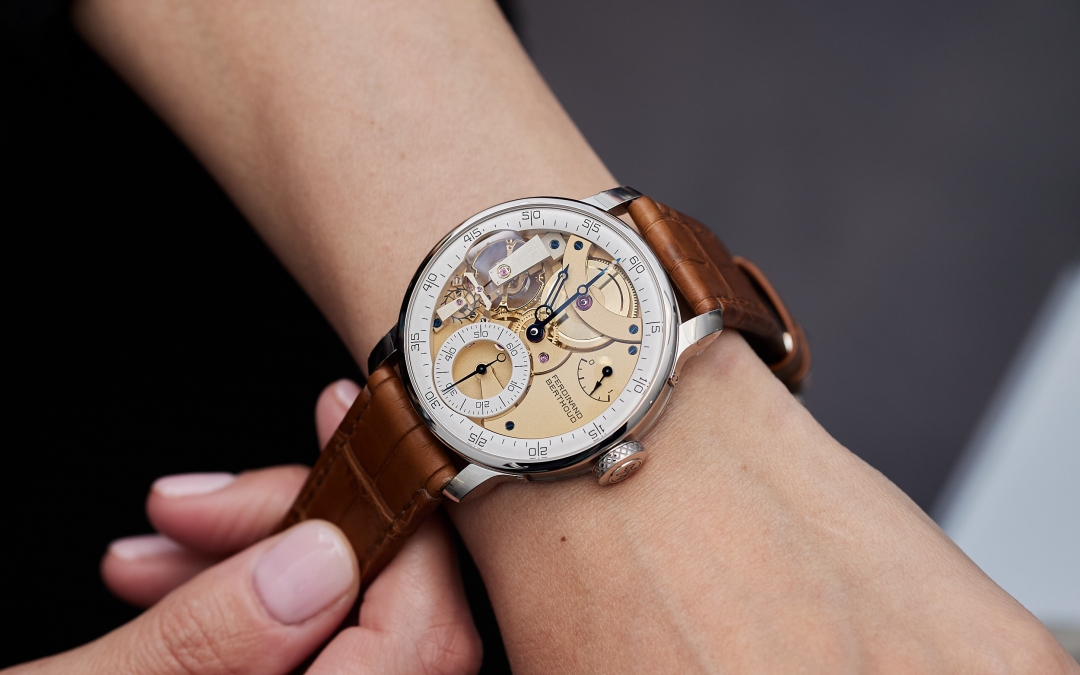Neuchâtel Observatory will host a special event this September together with the contemporary manufacture bearing the name of the creator of the eldest known chronograph, Louis Moinet. The apropos of the 15-16 September double-day is also two-fold: a celestial phenomenon called Penumbral Lunar Eclipse coming up in Neuchâtel on the night of 16th, and the bi-centenary of Louis Moinet’s first chronograph, the Compteur de Tierces.
Up until 1967 the exact unit of a second was defined by observing the rotation of the Earth. Therefore, astronomic observatories have not only scanned the sky for the extra-terrestrial, but they also determined time on Earth. As a side-effect these institutes also tested how accurately timekeeping mechanisms perform. The Neuchâtel Observatory was among those to measure the calibration of timepieces via a complex and time consuming attestation process.
Mr. Moinet was himself fond of astronomy. Originally from Bourges on the banks of Yèvre in Centre-Val de Loire, he studied sculpting, architecture and painting in Italy during his twenties. He moved back to Paris in 1795, where he was appointed as professor at the Académie des Beaux-Arts. In the artistic and scientific buzz of Paris, where the Paris Observatory had been in operation since 1671, he devoted an increasing amount of time to celestial bodies. In order to support his researches he designed and manufactured an incredible 30Hz mechanism capable to measure elapsed time down to 60th of a second. You can see more in our previous article here.
Jean-Marie Schaller opened a small independent workshop with the name of Louis Moinet in 2001. His quest is to proclaim the engineering greatness of the French inventor by producing noble contemporary timepieces that many times contain a piece of the distant planets Mr. Moinet once peered. His company developed a specialty in applying rare materials on various parts of the dial, such as meteorites from the Mars, the Moon just as fossils, like petrified palm wood, red stromalite, or Jurassic-era dinosaur bone.
Refined mechanisms are responsible for animations on these dials. Some, like the Black Gold Derrick play with the bow of the derrick that make Elon Musk smile, others move extra-terrestrial stones around. Sideralis, the new double tourbillon timepiece the company presented is particularly beautiful. The two huge tourbillon cages which rotate in the opposite direction and are elevated from the level of the dial catches the eye immediately. The hand-painted upper sub-dial hides a more reserved feat. It is in fact three discs overlaid on one another. The top two have a circle each and rotate again in two different directions, while the lower is still and holds fragments of the Mars, the Moon and the 4.5bn years old meteorite called Sahara 99555. The dance of the tourbillons and the superimposed disks are truly fascinating.
To celebrate the 200 years of Compteur de Tierces, Louis Moinet introduced the Memoris 200th Anniversary chronograph in January. Attendees of the lunar night at Neuchâtel Observatory will enjoy an exclusive preview of the new special Memoirs Red Eclipse timepiece.
Photo credits: Loupiosity.com.
All registered trademarks are property of their respective owners.
All rights reserved.
